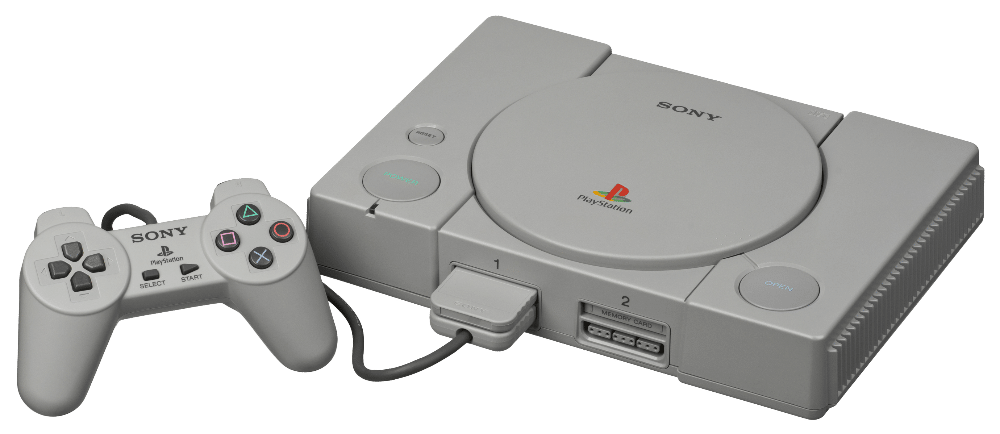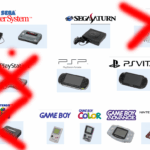
The original Sony PlayStation (retroactively known as the PS1) was a landmark 32-bit home video game console that launched a gaming dynasty for Sony. Released in Japan on December 3, 1994, and in North America in September 1995, it was a pivotal entry in the fifth generation of gaming consoles, competing against the Sega Saturn and Nintendo 64.
Key innovations and impact
The PlayStation was a game-changer for several reasons, and its success was a perfect storm of technical decisions, savvy business strategy, and memorable games.
- Move from cartridges to CDs: The PlayStation was one of the first consoles to fully embrace the CD-ROM format, which offered a massive advantage in storage capacity over the expensive cartridges used by rivals like the Nintendo 64. This allowed for bigger games with higher-quality graphics, full-motion video cutscenes, and full audio tracks.
- Accessible to developers: The CD format was not only cheaper to manufacture but also gave third-party developers more freedom and a larger cut of the profits, attracting many who were tired of Nintendo’s strict licensing policies.
- Emphasis on 3D graphics: While other consoles experimented with 3D, the PlayStation made it a core focus. Its R3000 CPU and dedicated Geometry Transformation Engine (GTE) were specifically designed to render complex 3D worlds, bringing arcade-style 3D experiences like Ridge Racer into the home.
- Aggressive and mature marketing: Instead of catering only to children, Sony specifically targeted an older demographic, running edgy marketing campaigns with slogans like “LIVE IN Y UR W RLD. PL Y IN URS”. It also partnered with nightclubs to demonstrate games like the futuristic racer WipEout, helping to establish gaming as a “cool” and mainstream adult pastime.
Technical specifications
- CPU: LSI R3000-based 32-bit RISC processor running at 33.8688 MHz.
- GPU: Custom 32-bit Sony GPU designed for 3D polygonal graphics, capable of drawing 360,000 flat-shaded polygons per second.
- Memory: 2 MB of main RAM and 1 MB of VRAM for displaying graphics.
- Media: Double-speed CD-ROM drive.
- Storage: Game data was saved externally on 128 KB memory cards that plugged into the console.
Iconic games and controllers
The PlayStation built its success on a vast and diverse library of games, many of which launched long-running franchises.
Controller evolution: The original controller introduced the now-iconic four-button geometric face symbols. It later evolved into the DualShock controller in 1997, which added dual analog sticks and rumble feedback, setting the standard for all PlayStation controllers that followed.
Notable games: The library included groundbreaking titles such as Final Fantasy VII, Metal Gear Solid, Resident Evil, Tomb Raider, Crash Bandicoot, and Gran Turismo.
